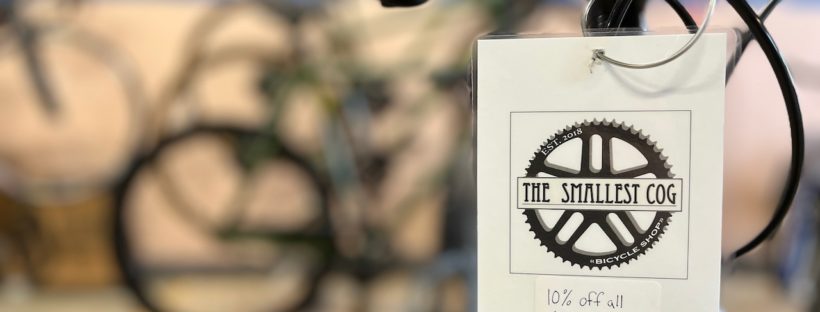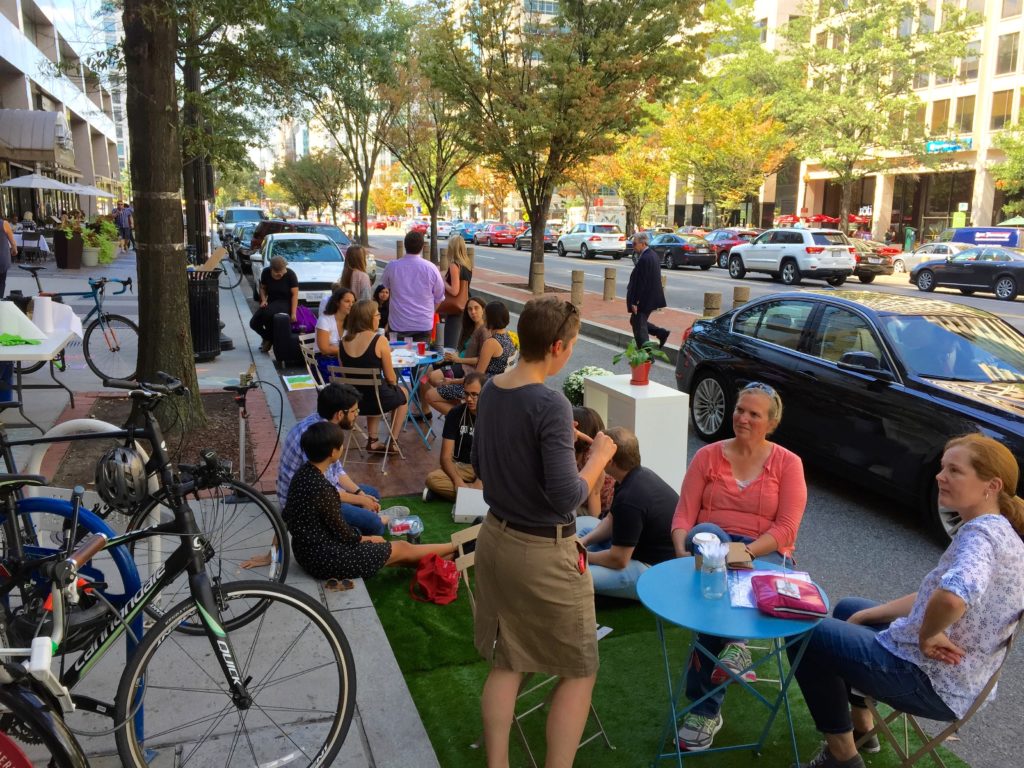In 1993, a guy could put his motorcycle into a wheelie, ride a block of sidewalk in Old Town, Mankato, and the only one who might get hurt is his mother reading about it 30 years later. Today it is a much different place and its transformation holds lessons for Saint Peter’s downtown.
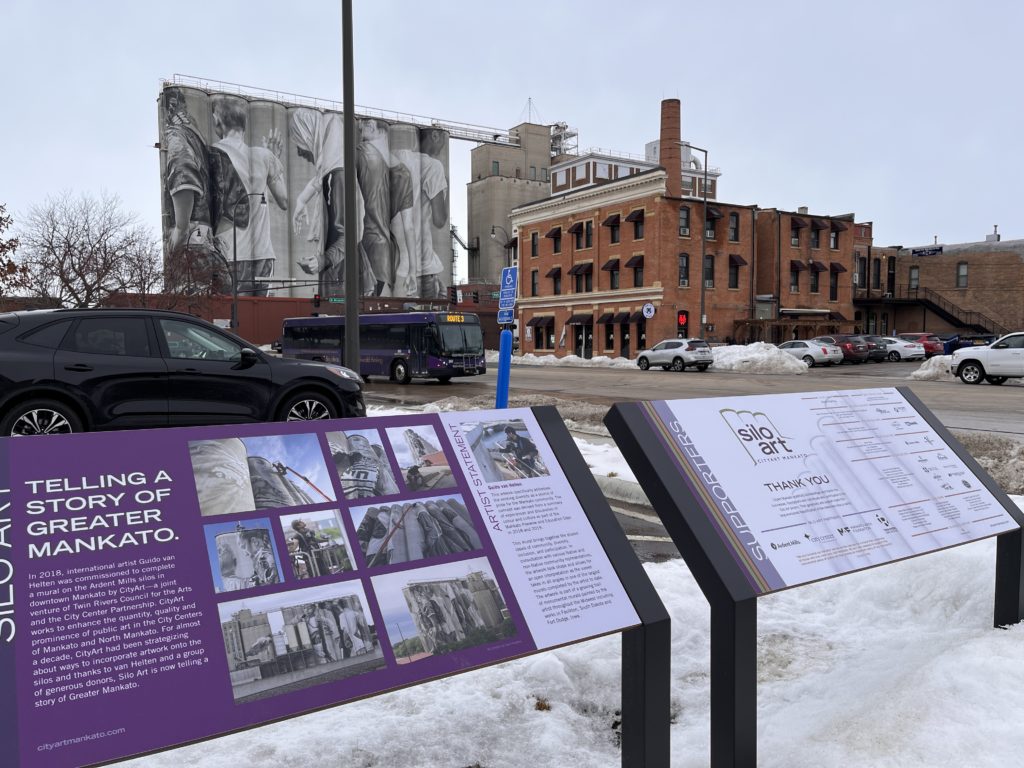
These massive grain silos probably date back to when the river could be seen from Riverfront. Today they are a different sort of landmark in Mankato. These interpretive kiosks explain the art. In the foreground is the wine bar, which was one of the pioneers in Old Town’s renaissance.
Old Town was never a great place when I was growing up in Mankato. It smelled bad because of the mill and the attendant semis and trains. But it’s the street I remembered as being really weird: the four lanes weren’t straight – they jogged 10 feet every few blocks. Today I recognize it as a primitive chicane using on street parking to jog the street and slow traffic. And why was traffic calming needed? Because the street was four lanes from back when it was a state highway. The highway had long since gotten a new alignment so all those extra lanes did was encourage speeding. (No need to ask how I know.)
Old Town’s challenges were the same as many cities where the highway moves: too much street makes for speeding, it makes it miserable to walk along, and dangerous to cross. A few brave businesses did move into Old Town, likely attracted by the beautiful and historic building stock and low real estate prices. But pretty much everyone still shopped at the malls unless they were in need of a niche retail purchase.
Then when I moved out to the east coast the fortunes of Old Town began to change. I got time lapse glimpses of it when I returned home (Mankato) for Christmas: facades were freshened, new businesses (a bike shop!) moved in, and eventually new structures went up and existing structures were repurposed. The district was resurrecting itself through art and niche retail. But, still, that F#*&@! street.

Without knowing the complete history of Old Town — dating back to when it was just called Town — I think it is safe to say that the sidewalk space was once more generous. As often happens when roads are widened, the sidewalk gets sacrificed. The posts, planters, and paint indicate the new sidewalk boundary. The Hub is visible across the street.
Today Riverfront Drive in Old Town should be on any planning nerd’s itinerary of destination streets. The casual and hardcore nerd can both appreciate how a street can make or break a neighborhood. A few days ago it was my destination street for Penelope’s evening walk. Here’s what we saw…
Riverfront Drive Really Needed the Help
Fixing that street was long overdue. Business owners were the first to recognize that no one wanted to park on Riverfront, so they turned their backs to it and made the rear entrance as good as the front door. Wow! What an unexpected joy to walk through the alley and see cleanliness, color and textures, and whimsical details.

Two of the businesses that treat the back door like it is the front door. The building on the left has great detailing. It is also noteable that they saved their windows instead of bricking them up.
People still need places to congregate so when the sidewalks are too narrow, setting aside public space becomes more crucial. And that’s why The Hub was created. It hosts food trucks, music, and chill places to relax. And of course The Hub is accessible with the best possible crosswalk.
Connectivity and Wayfinding Matters
No one window shops at 40 mph, so the details and the beauty won’t matter as long as the roar of the street and danger of crossing it persists. The road diet slowed cars, it shortened crossing distances with curb extensions, it confused – and slowed – drivers with (chortle) blue dots, and then drew people by providing programming. Throughout the district there are tasteful signs for businesses, and where a building contains multiple tenants, they are described in a way that is unobtrusive and comprehensible for pedestrian and driver alike. That means the size of the sign and its location works for everyone.

Wayfinding in the district could be better. I didn’t spy any maps or kiosks on my walk. But there were good examples of buildings displaying their tenants in a legible way for all users.

Press button. Cars stop. Cross street. All crossing should be this good. Running over pedestrians is bad for business.
Texture is Important
The best streets give you something new each time you walk down them. That sounds like an impossibility, but add up the murals, the blank spaces that became canvases, the hidden gardens, the interpretive signs, the historic detailing of buildings, and programming (music, events, etc.) and that goal becomes obtainable. And of course the best thing to draw people is… people! Added bonus: people on the streets and sidewalks IS the original traffic calming.

When moving at human speed it is easy to notice and appreciate the small touches. This is a street tree along Riverfront which has been adopted by local stakeholders.

One of the many hidden murals I noticed while walking through the alley. The art often depicts the function of the business. Why waste the effort beautifying an alley? WHO CARES just be glad they did it. And it could be the case that local ordinances prohibit murals in the historic district (Saint Peter has such a problem.)

You see a garage door; an artist sees a canvas.
Retail has a Critical Mass
I noted two vacant storefronts, and nearly every business was retail or dining. That second point is especially important as those types of businesses are more invested in the success of a district. Think about it this way: if I need my back adjusted I am probably not going to walk down the street afterwards to get an ice cream cone. No, I am going to park behind the business, get there 5 minutes before my appointment, cross my fingers that they will take my insurance, and leave as soon as my wallet is adjusted. Retail has the shades open and the lights on; service businesses may keep the shades down even when they’re open. Which would you rather walk past?

This is one of the few storefront vacancies I noticed. It is new construction with tasteful materials and good design. It should be filled soon so long as the price is right. (Some other time we’ll talk about why it is impossible to buy into commercial real estate.)
Success is Always Intentional
The murals, facade improvements, road diet, public art, and programming at The Hub are intentional – it is someone’s job to ensure the economic success of the Old Town district. It was intentional to construct an event space – a social space – in the district. It was intentional to provide the best, and safest pedestrian crossing in the city to get people from one side of the street (shopping) to the other (entertainment). The Invisible Hand efficiently allocates goods and services, but it doesn’t restripe the street or paint the crosswalks.

A great bench I noticed when I stepped off the main drag to look at something else.
Conclusions
The road diet is on its way to becoming permanent. This despite the pushback from drivers confused by the lane reductions, blue dots on the street, and the disorientation that comes from loss of status on one of Mankato’s streets (don’t worry, dear driver, you still rule almost every other street in the city).
The district has become a place and an economically successful one at that. It is an alternative model for economic development which doesn’t depend on 20k cars passing through the neighborhood hoping that if we provide enough parking that just maybe a fraction of them will stop and leave some money.

It is easy to see why businesses turned their backs to Riverfront. There’s no space for pedestrians! Hopefully this will be addressed when the road diet is made permanent. But hey, they found space for public art!

I loved this one so I had to include it.
To sum up the formula used in Old Town: slowing traffic + street narrowing + programming in public spaces + public art + texture = a destination. They are now well on their way to people saying ‘you should’ve seen this place before they changed the street.’
This story was 50 years in the making. At least. I don’t have that kind of time or patience. Do you? So just change your F#*&@! street already (and stop listening to people who tell you it is hard or impossible.)





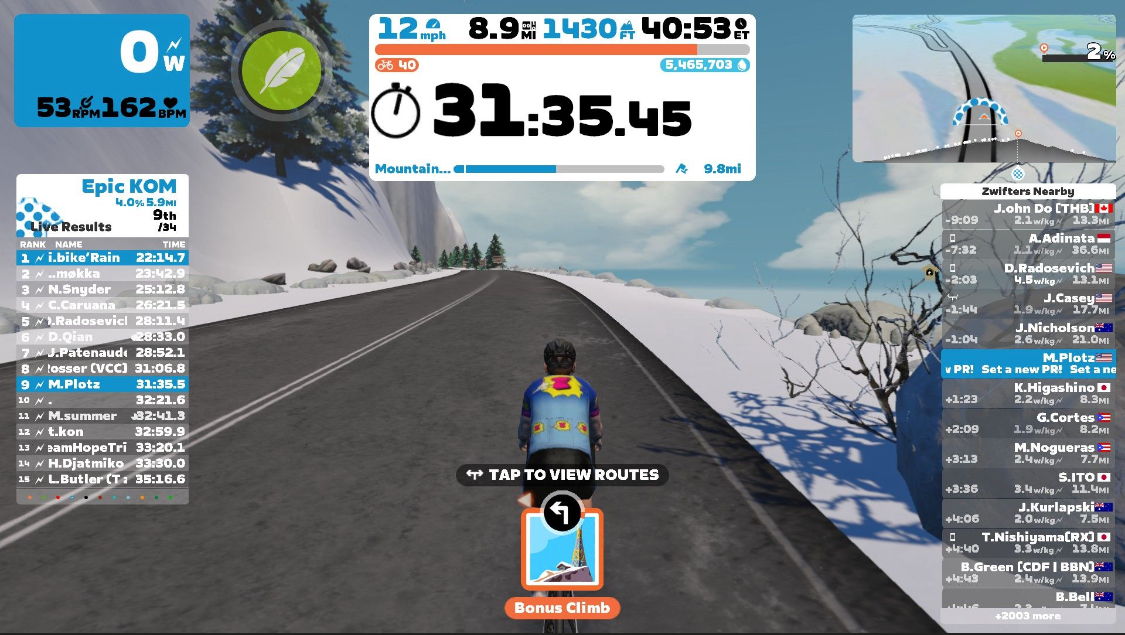

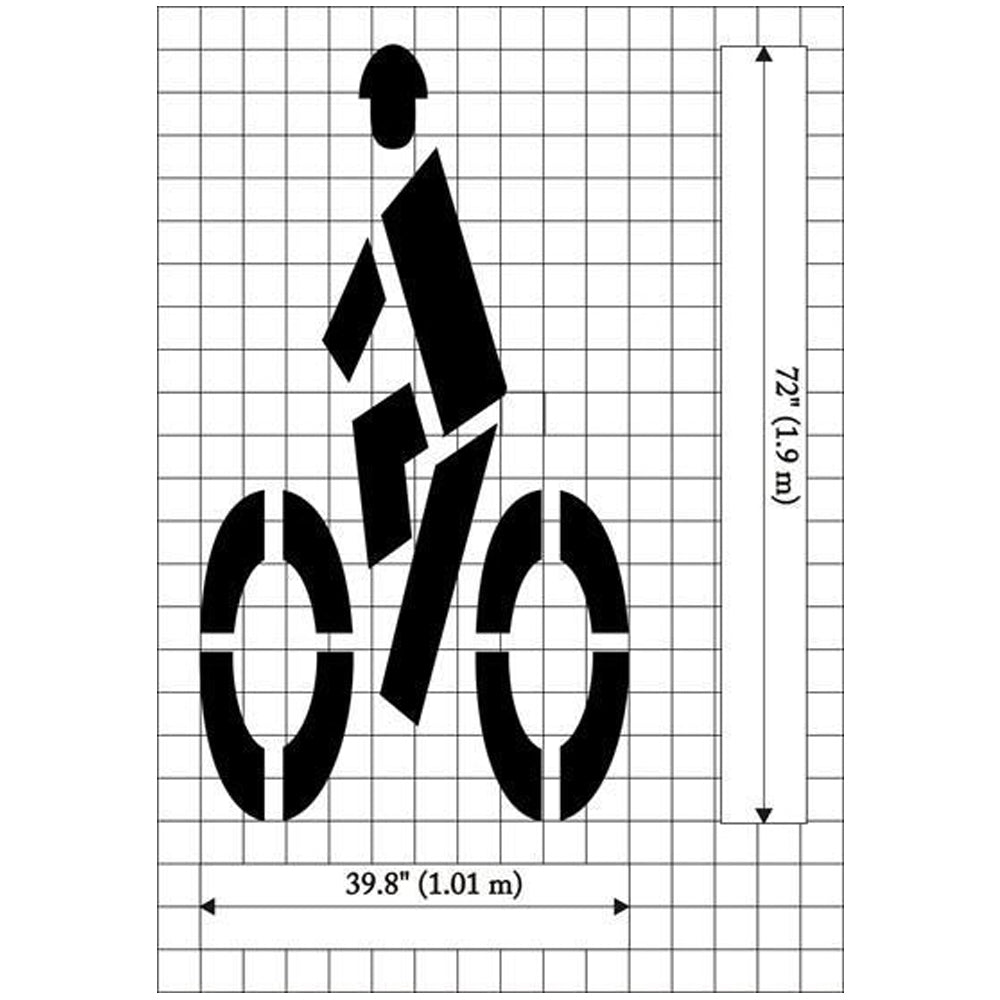







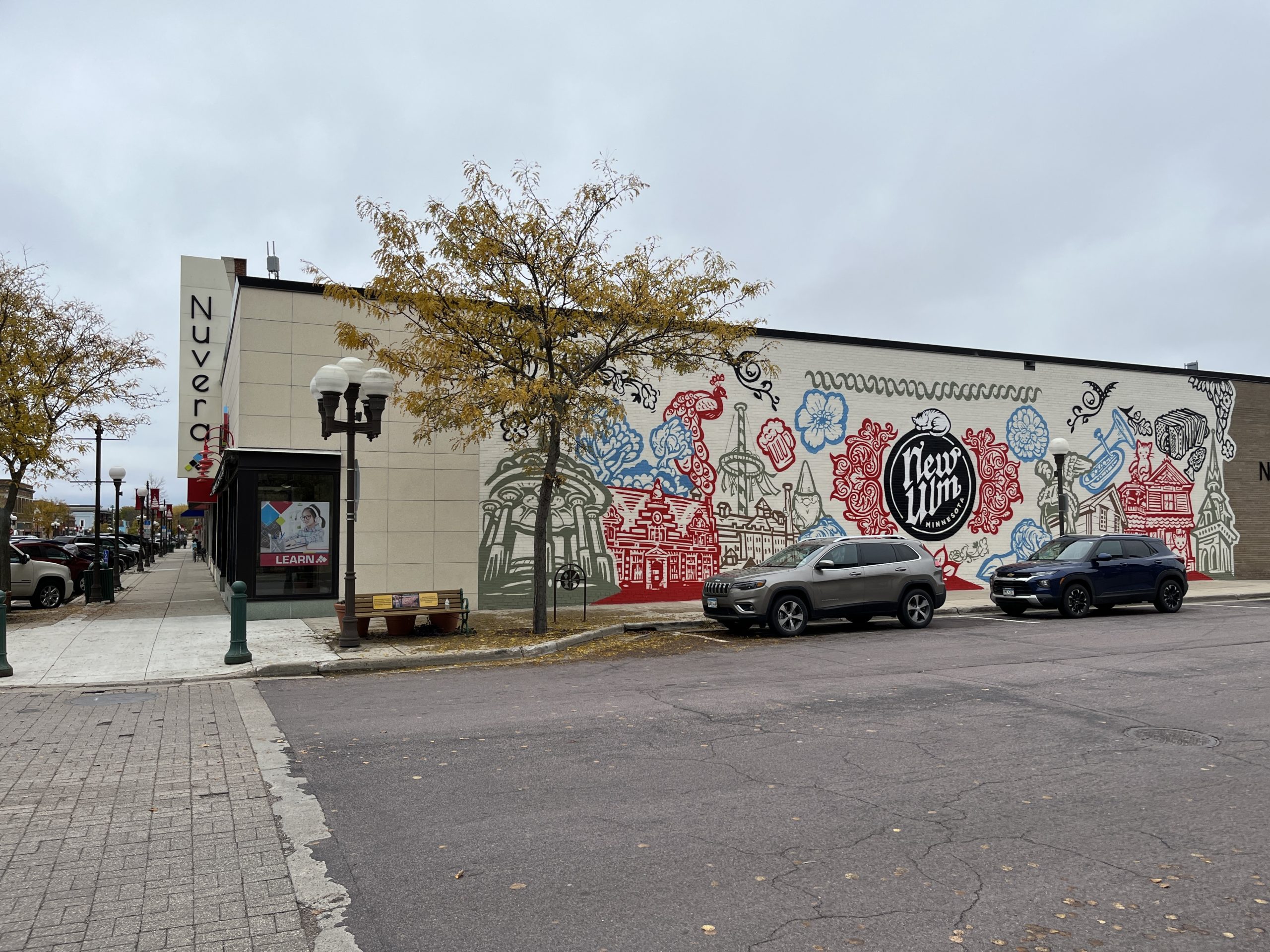






 Fixing the Broadway and Washington Intersection
Fixing the Broadway and Washington Intersection So the question is: Can we eliminate the slip lanes and still accommodate the turning movements of larger vehicles? Yes, and here is how:
So the question is: Can we eliminate the slip lanes and still accommodate the turning movements of larger vehicles? Yes, and here is how: Whatever the ICE concludes about the safety and functioning of the current intersection, the choice shouldn’t have to come down to roundabout or no roundabout. The practice of transportation planning and engineering is evolving to the point where we no longer simply study an intersection and implement major changes. We have now introduced an intermediate step, where we do experimentation and observation to see if less invasive, and less costly solutions can succeed. Demonstration projects as these are called are recognized and frequently deployed by MnDOT to improve safety, calm traffic, and improve connectivity for walking and biking. Demonstration projects may be applied to intersections and corridors. Perhaps best of all, the Statewide Health Improvement Partnership has funding to support such demonstration projects.
Whatever the ICE concludes about the safety and functioning of the current intersection, the choice shouldn’t have to come down to roundabout or no roundabout. The practice of transportation planning and engineering is evolving to the point where we no longer simply study an intersection and implement major changes. We have now introduced an intermediate step, where we do experimentation and observation to see if less invasive, and less costly solutions can succeed. Demonstration projects as these are called are recognized and frequently deployed by MnDOT to improve safety, calm traffic, and improve connectivity for walking and biking. Demonstration projects may be applied to intersections and corridors. Perhaps best of all, the Statewide Health Improvement Partnership has funding to support such demonstration projects.












